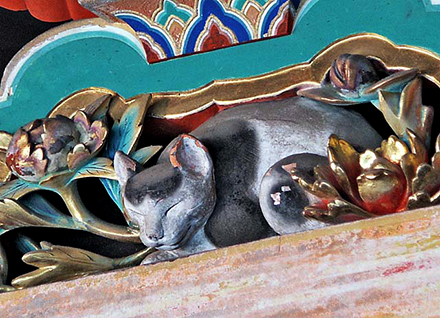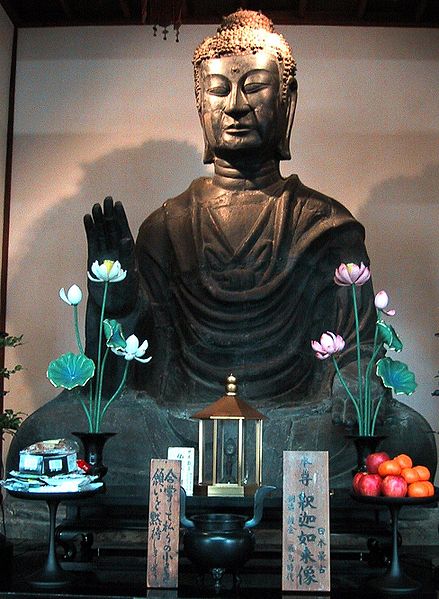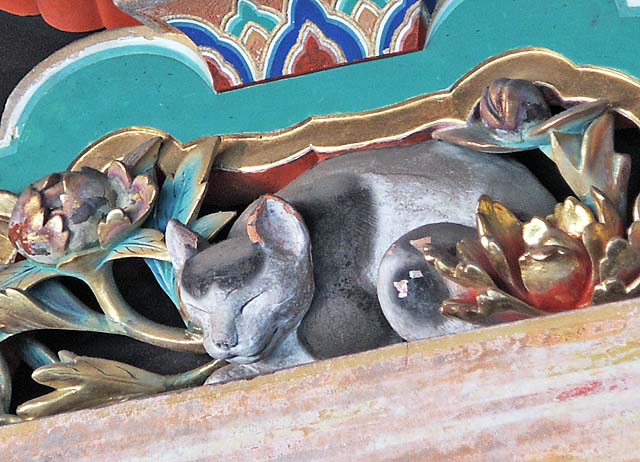
Famous Japanese Sculptors
Japanese sculpture epitomizes the long history and culture of Japan. Many modern day artists make use of natural objects of stone, wood, bamboo, and even paper to express their art. Early Japanese sculptures started from clay figures. The craft was influenced by the Silk Road culture in the 5th century and by Chinese sculpture. Western influence on Japanese sculpture came about during the Meiji era.
 Most Japanese sculptures were derived from idol worship in animalistic rites of Shinto deity or Buddhism. Sculpture in all the arts is usually centered on Buddhism. Traditional materials included metal such as bronze, but wood—brightly painted, lacquered or gilded—was more commonly used. Some notable Japanese sculptors include:
Most Japanese sculptures were derived from idol worship in animalistic rites of Shinto deity or Buddhism. Sculpture in all the arts is usually centered on Buddhism. Traditional materials included metal such as bronze, but wood—brightly painted, lacquered or gilded—was more commonly used. Some notable Japanese sculptors include:
Tori Busshi – a sculptor during the 6th and early 7th century, from the Kuratsukuri (鞍作, “saddle-maker”) clan. His full title was Shiba no Kuratsukuri-be no Obito Tori Busshi (meaning “the maker of Buddhist images”). He was the favorite sculptor of Soga no Umako (a member of the powerful Soga clan) and Prince Shōtoku (a semi-legendary regent and a politician of the Asuka period).
Asuka-dera daibutsu sculpture by Tori Busshi. | Chris 73 / Wikimedia Commons
Many of the Asakusa period sculptures in gilt bronze are credited to Tori Busshi and his workshop. His works are characterized by solid geometric figures in front-oriented, characteristic poses.
Jōchō Busshi (died in 1057 CE) – a sculptor of the Heian period. He popularized the yosegi technique of sculpting a single figure using many pieces of wood. Jōchō is also credited for redefining the canon (a rule of proportions to produce a harmoniously formed figure) to create Buddhist images. His influence spread all across Japan and defined the style of Japanese sculpting for the next 150 years. Jōchō is considered to be one of the most innovative Japanese artists and “the first of a new kind of master sculptor.”
Hidari Jingorō – a famous sculptor and carpenter of the early Edo period (1596-1644). He is believed to have created many famous deity sculptures all around Japan; many legends circulat about him, including the question of his actual existence. Jingorō was an apprentice for the chief Architect Hokyo Yoheiji Yusa of the Imperial Court in Kyoto. After losing his right hand, he taught himself to use his left hand hand and became known as Hidari Jingorou (Hidari means “left”). Among his more famous works is the nemuri-neko (“sleeping cat”) carving located above the Kuguri-mon Gate by the sacred mountain shrines and temples of Nikkō, Japan.
– a famous sculptor and carpenter of the early Edo period (1596-1644). He is believed to have created many famous deity sculptures all around Japan; many legends circulat about him, including the question of his actual existence. Jingorō was an apprentice for the chief Architect Hokyo Yoheiji Yusa of the Imperial Court in Kyoto. After losing his right hand, he taught himself to use his left hand hand and became known as Hidari Jingorou (Hidari means “left”). Among his more famous works is the nemuri-neko (“sleeping cat”) carving located above the Kuguri-mon Gate by the sacred mountain shrines and temples of Nikkō, Japan.
Nemuri-neko carving by Hidari Jingorō.
